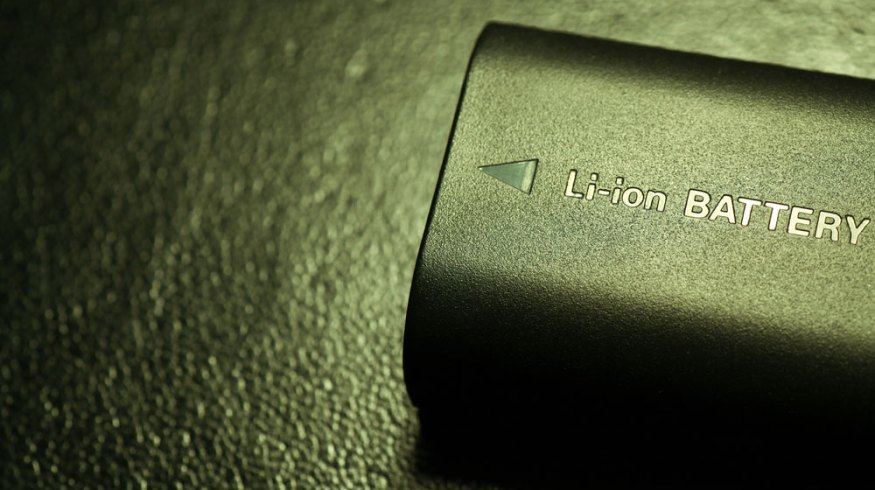
Know the Rules and Regulations of Traveling with Batteries
In this write-up, we take a look at the rules and regulations of flying with batteries for your next filmmaking excursion.
One of the most exciting aspects of being a filmmaker is discovering where your work takes you. However, these adventures often involve managing and travel with all the batteries you need to accomplish your work and power your equipment. However, by knowing and understanding the TSA regulations of flying with batteries, you can eliminate much, if not all, of that headache and confusion.
The Two Types of Batteries
Essentially, there are two types of batteries that a filmmaker will use: alkaline and lithium-ion. Alkaline batteries are your standard AA or AAA batteries. Usually, these batteries power your smaller accessories, like wireless microphones, boom mics, etc. Then, there are lithium-ion batteries. These are the bigger, block-style batteries that power your cameras. These batteries are much bigger and more cumbersome than alkaline batteries.
Limitations on Alkaline

Image via mariva2017.
The TSA doesn’t restrict how many alkaline (or “dry”) batteries you can travel with. You can either check alkaline batteries, or you can carry them on. So, if you need AA, AAA, C, or D batteries on your next shoot, you can travel with as many as you can carry.
Limitations on Lithium
There have been limitations for these batteries for some time; however, with the issue of exploding lithium batteries in phones over the last few years, the rules have become a little more strict. Knowing how to navigate these restrictions will make traveling with batteries much easier.
The general rule of thumb is to try to stick to under 100Wh for all of your larger lithium batteries. When you stay under this number, you can carry on as many lithium batteries as you need to power your camera and accessories.
From the TSA
Lithium batteries with 100 watt hours or less may be carried in a device, in either carry-on or checked bags. Loose lithium batteries are prohibited in checked bags.
However, if you wish to carry on batteries that are larger than 100Wh, you can. You’re just limited to two, and they can’t exceed 160Wh.
Lithium batteries with more than 100 watt hours may be allowed in carry-on bags with airline approval, but are limited to two spare batteries per passenger. Loose lithium batteries are prohibited in checked bags.
The Options
Fortunately, battery and power manufactures — for cinema applications — are very aware of these TSA restrictions. As a result, they design and develop power and battery solutions that specifically address these limitations. For example, Anton Bauer has the Titan series of batteries, specifically created for these applications. They neatly fit within the TSA’s regulation amounts for both 100Wh and 160Wh limitations.
By understanding the TSA rules and regulations of traveling with batteries, you can eliminate much of the unnecessary headache and confusion. As a result, you can focus on what you do best, creating content.
Cover image via Janaka Dharmasena.
Looking for more filmmaking tips and tricks?
- Production Tips: Getting Started with High-Output Lights on Set
- Building A Low Budget Handheld Rig For The Blackmagic Pocket Cinema Camera 4K
- Follow Fill: The Simple Solution to Lighting a Difficult Scene
- 7 DIY Filmmaking Projects You Can Complete in a Weekend
- How Video Editors Can Increase Production Value Using Song Stems








